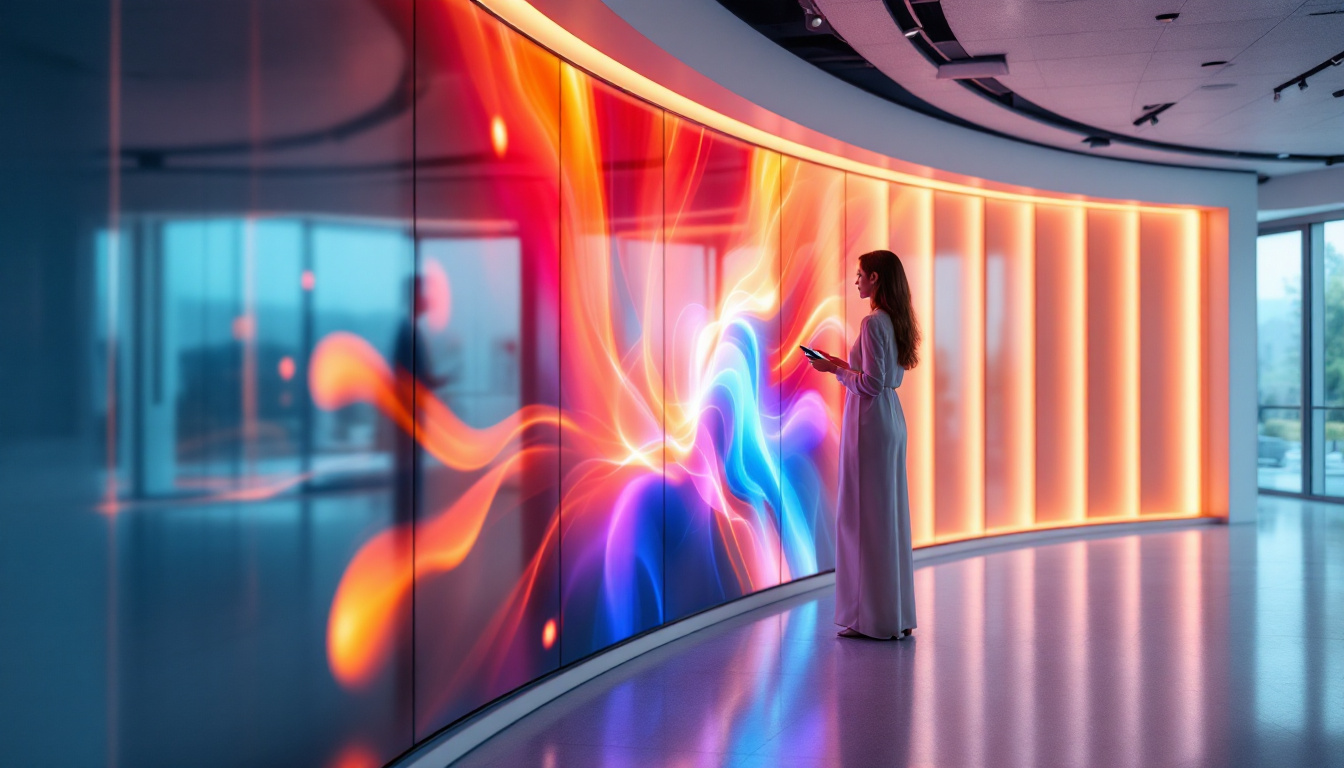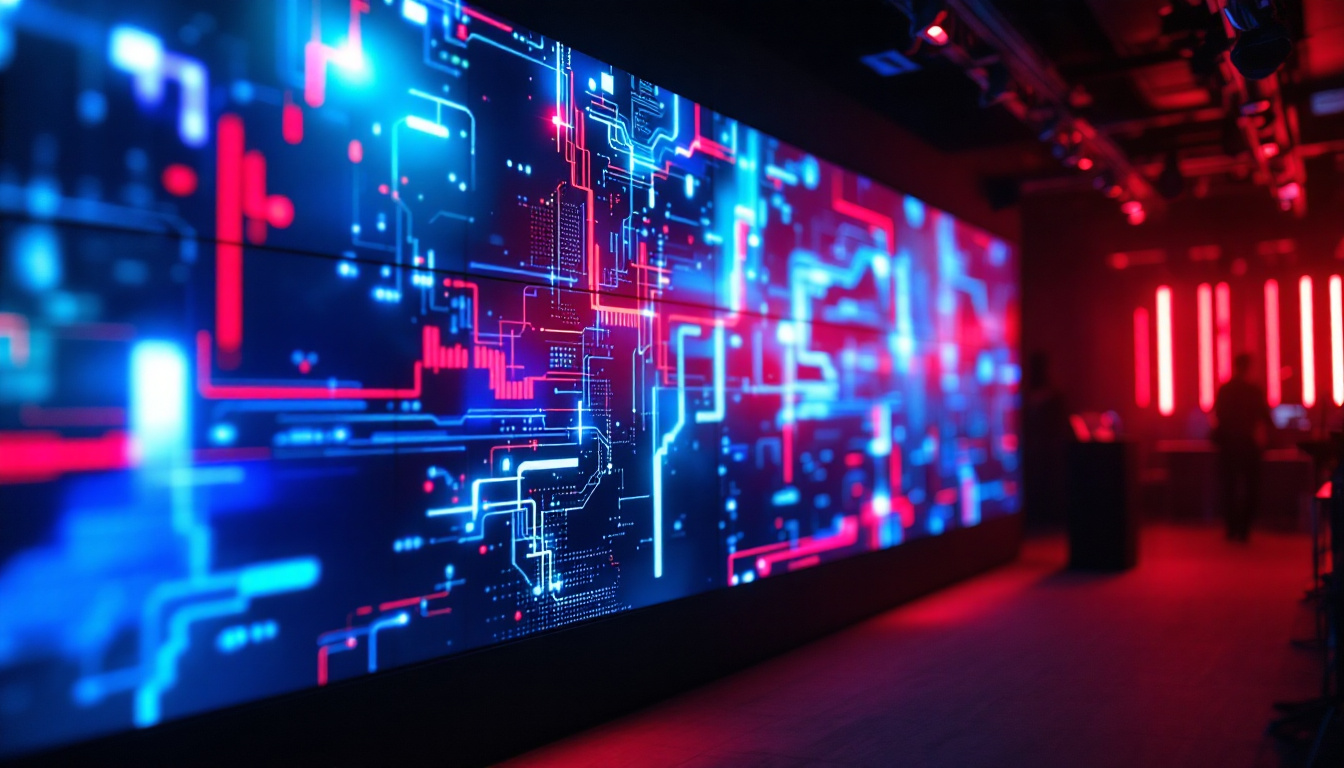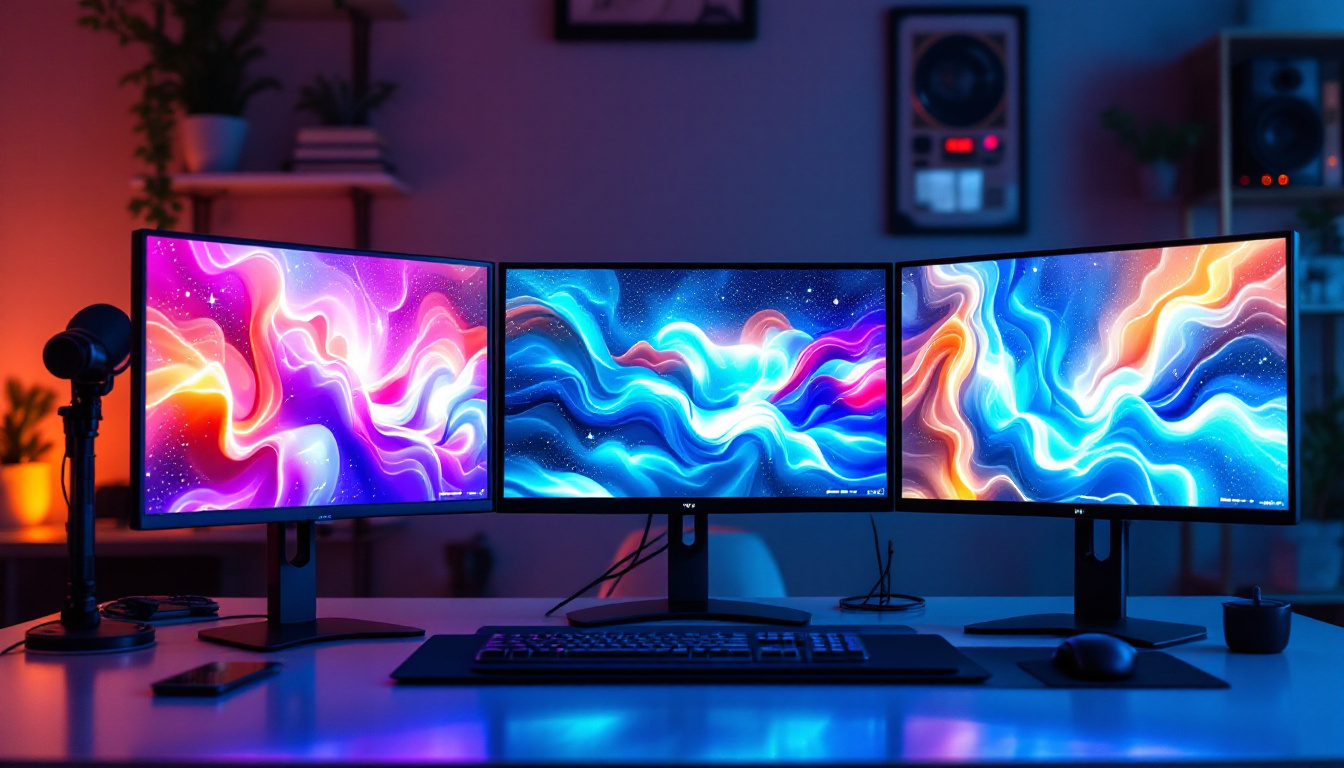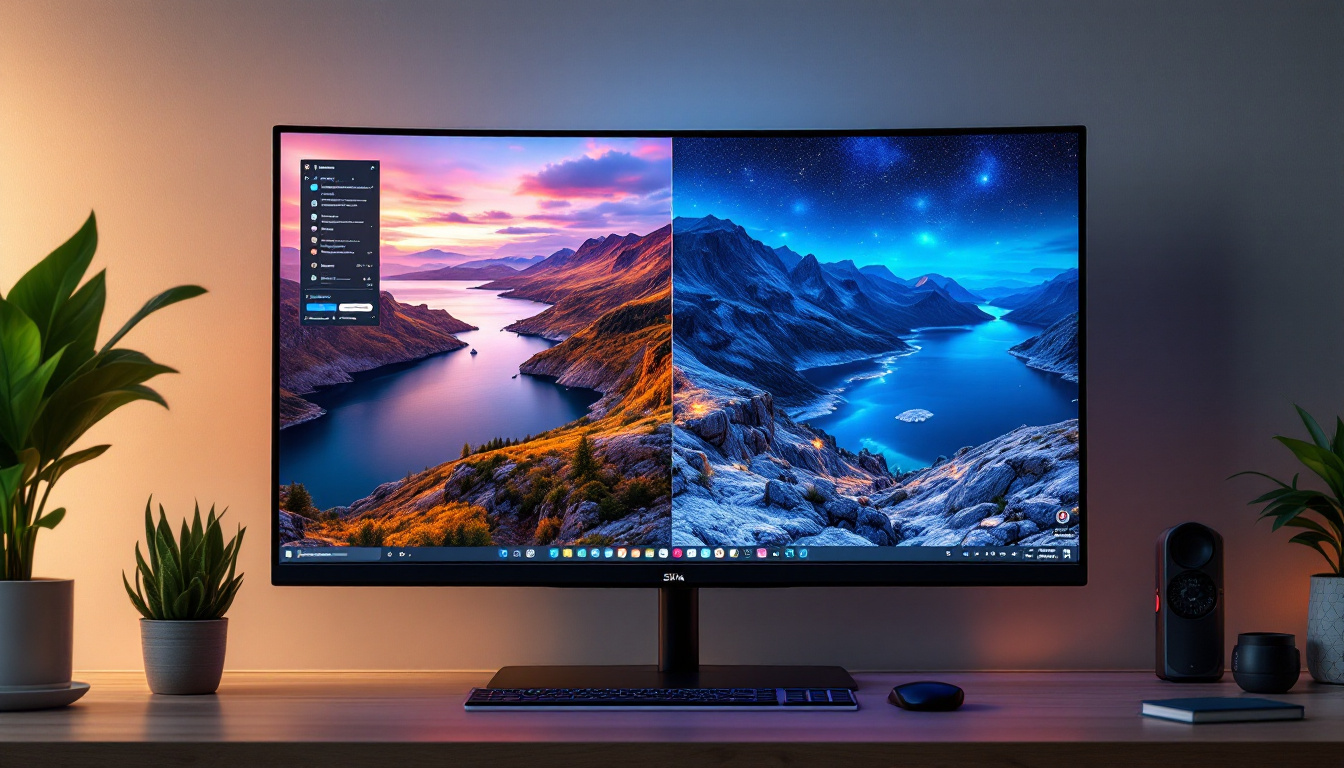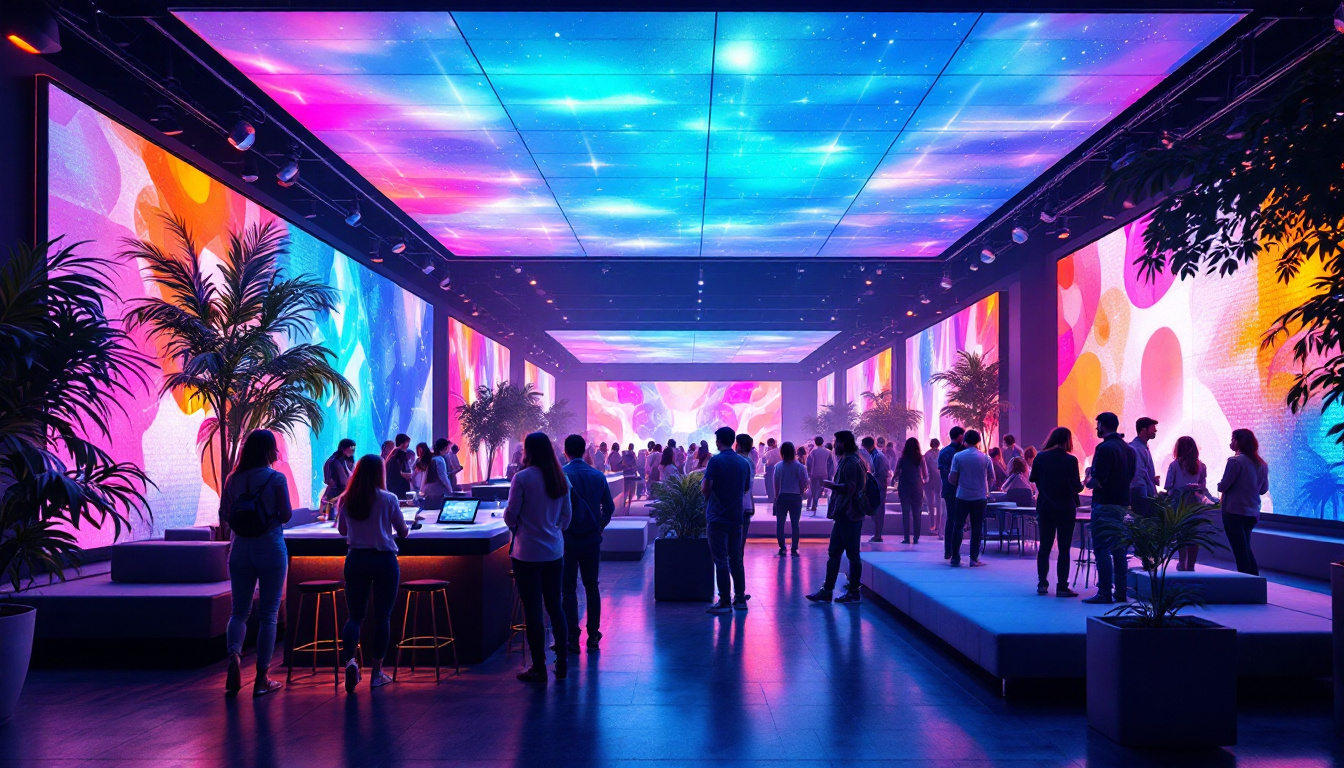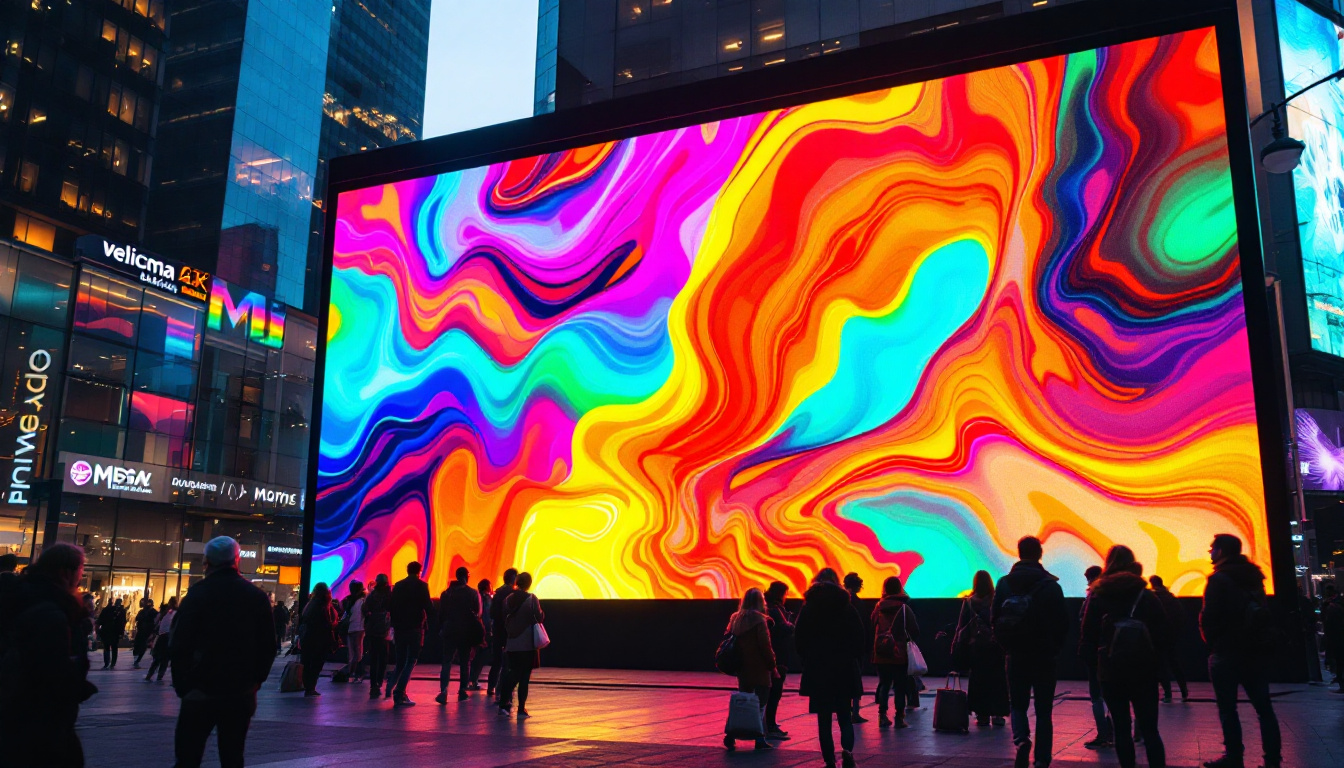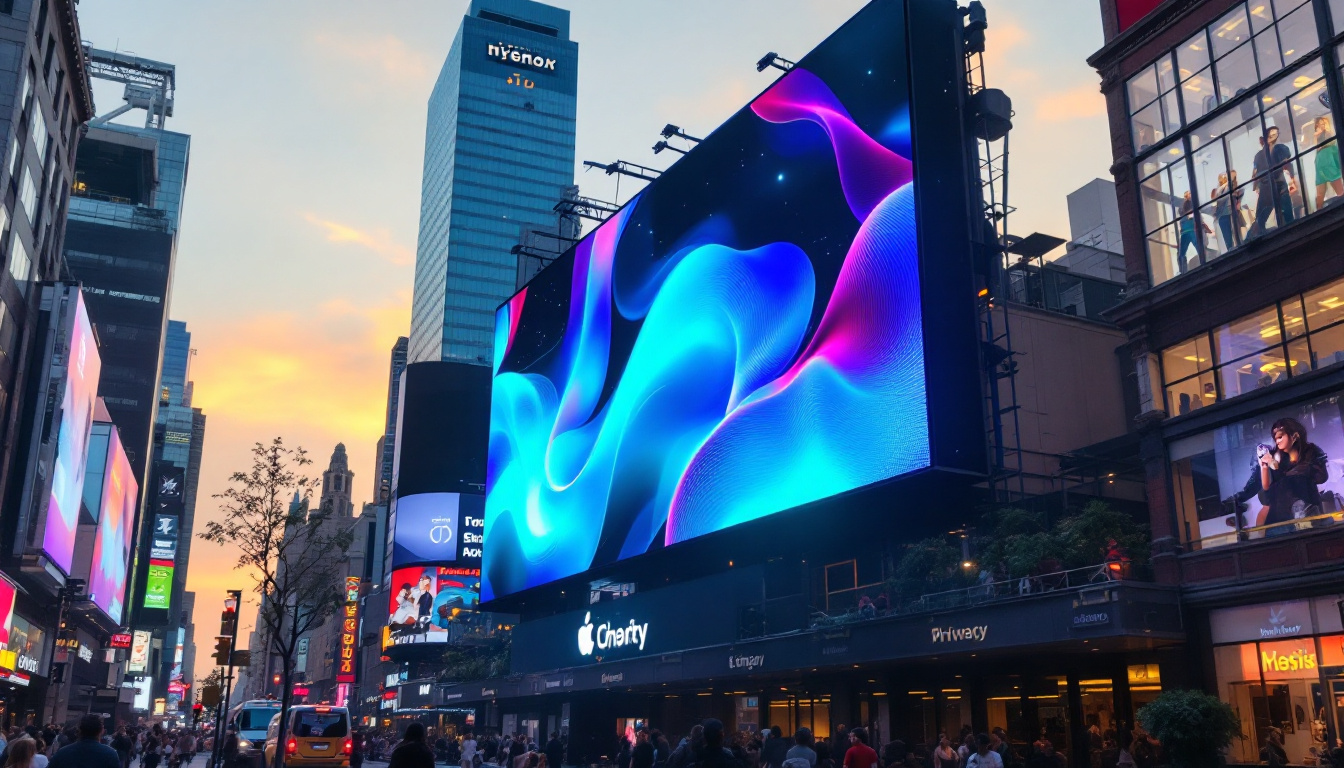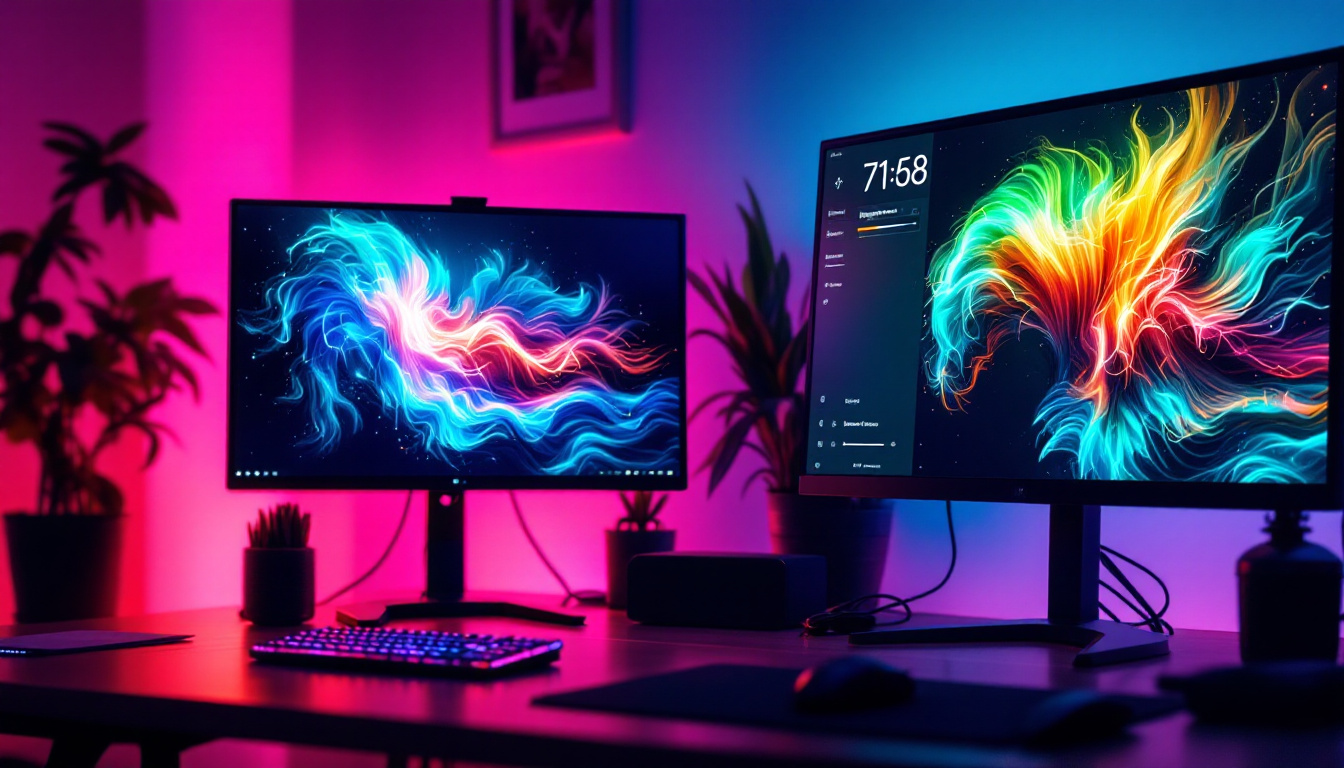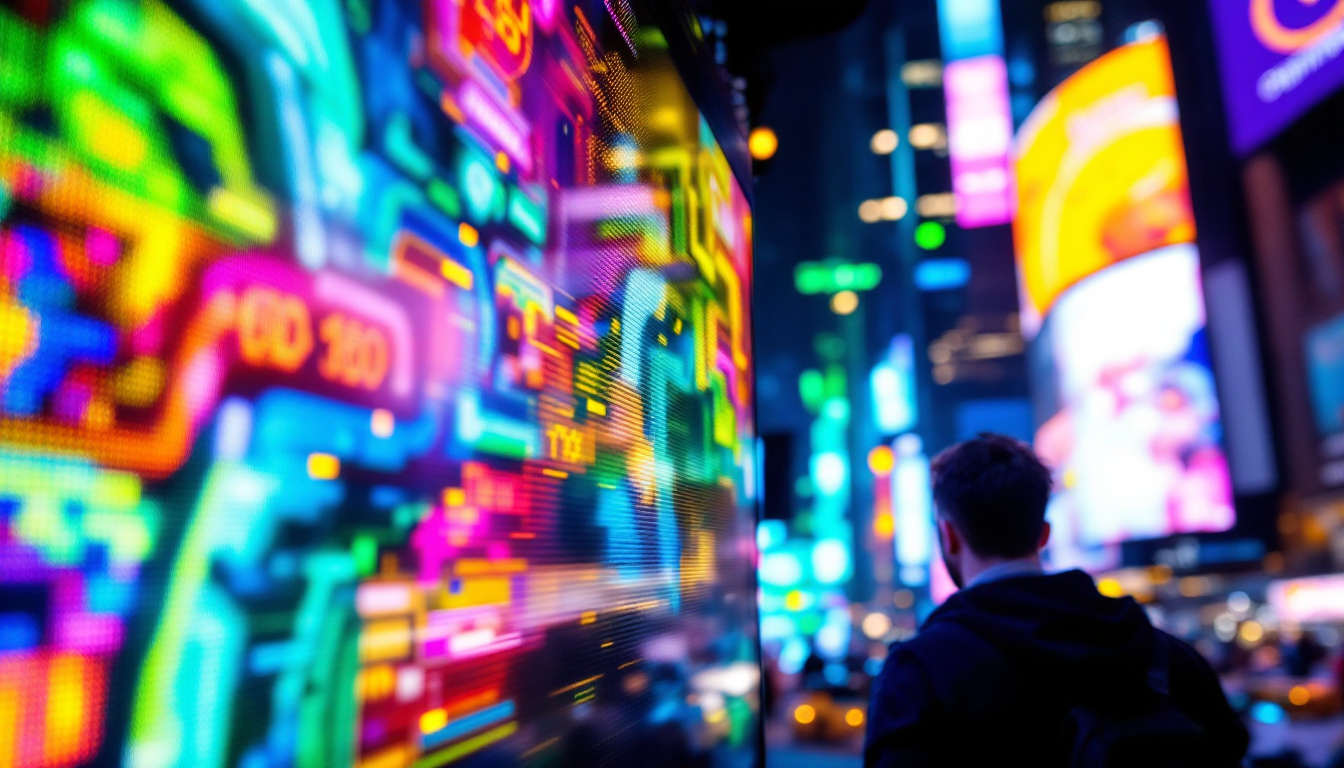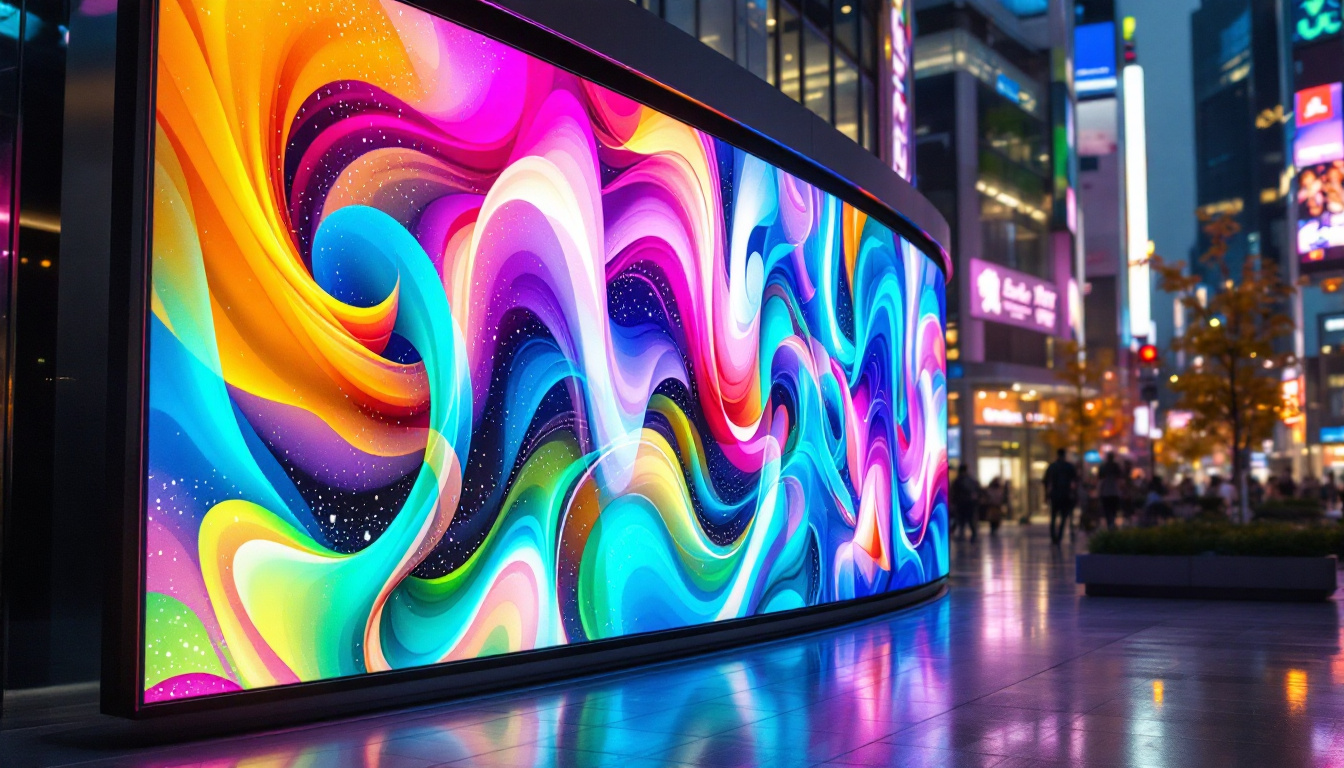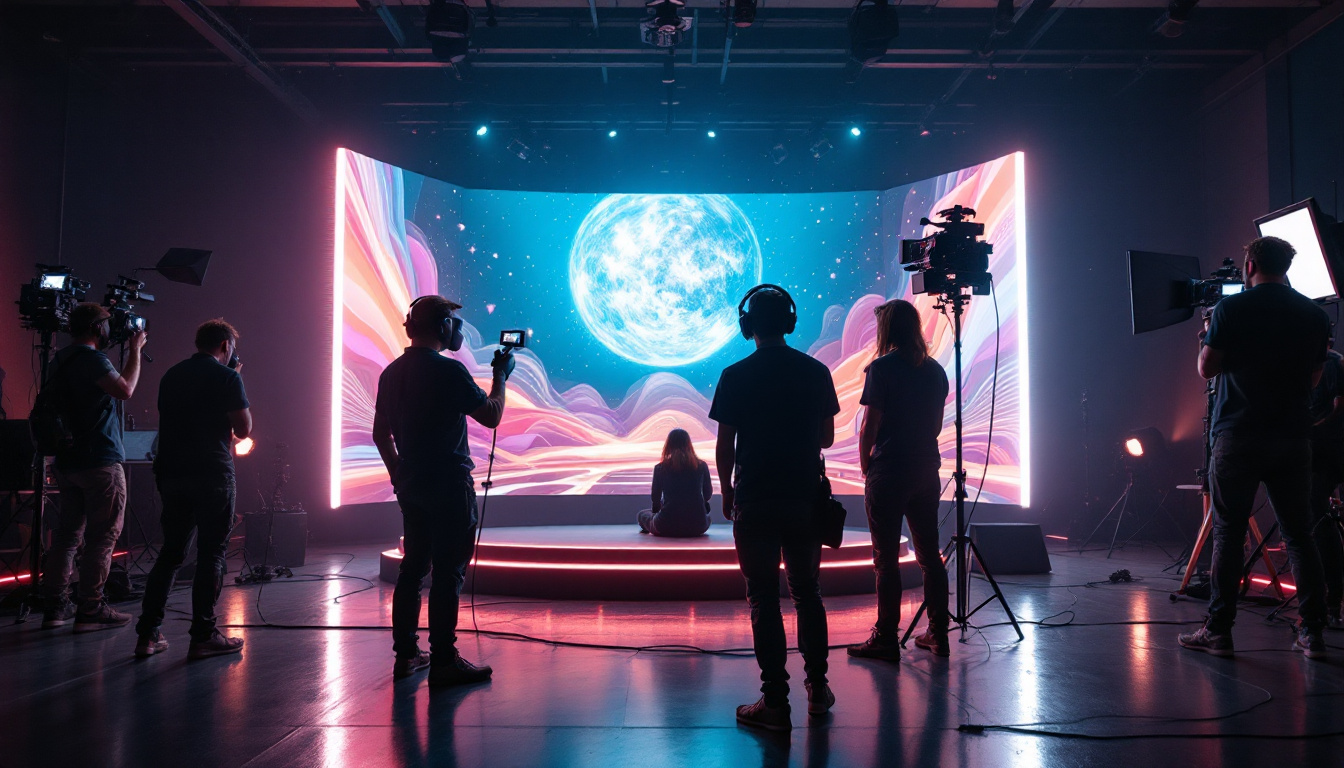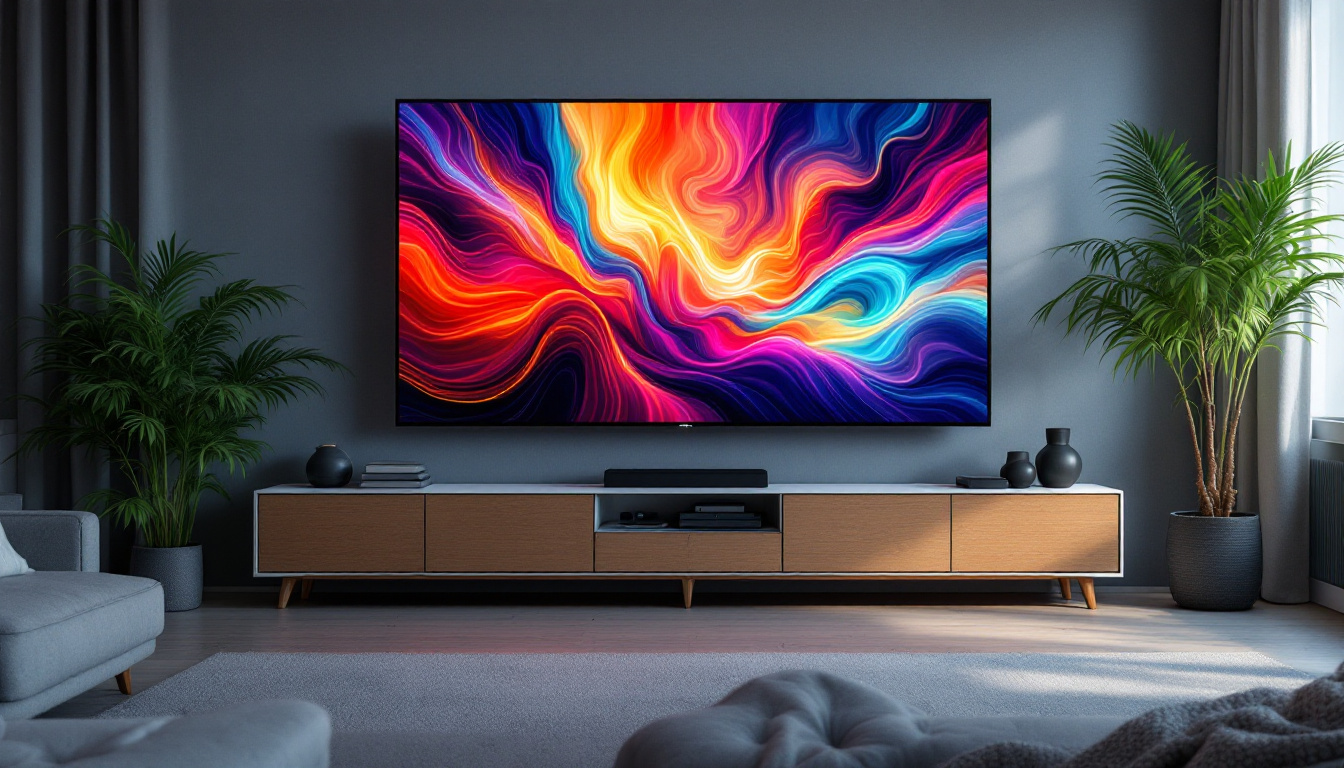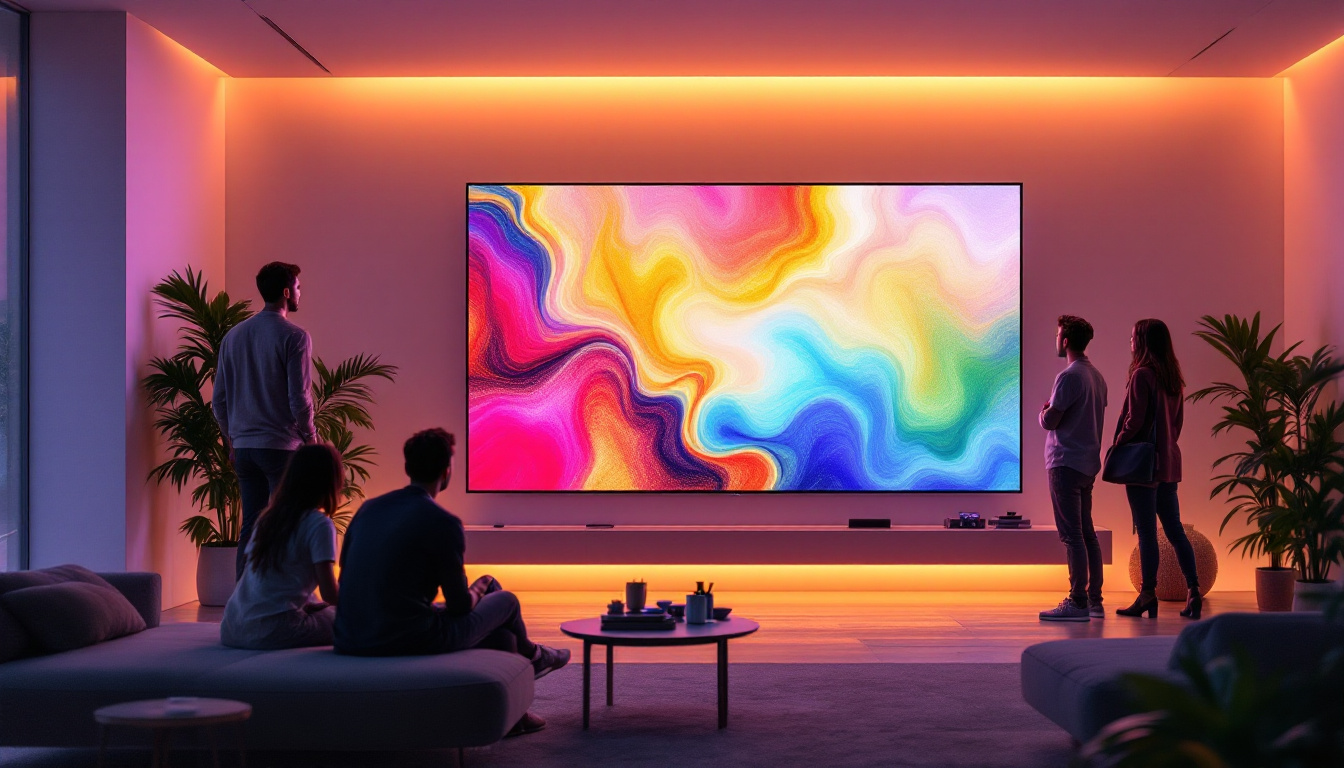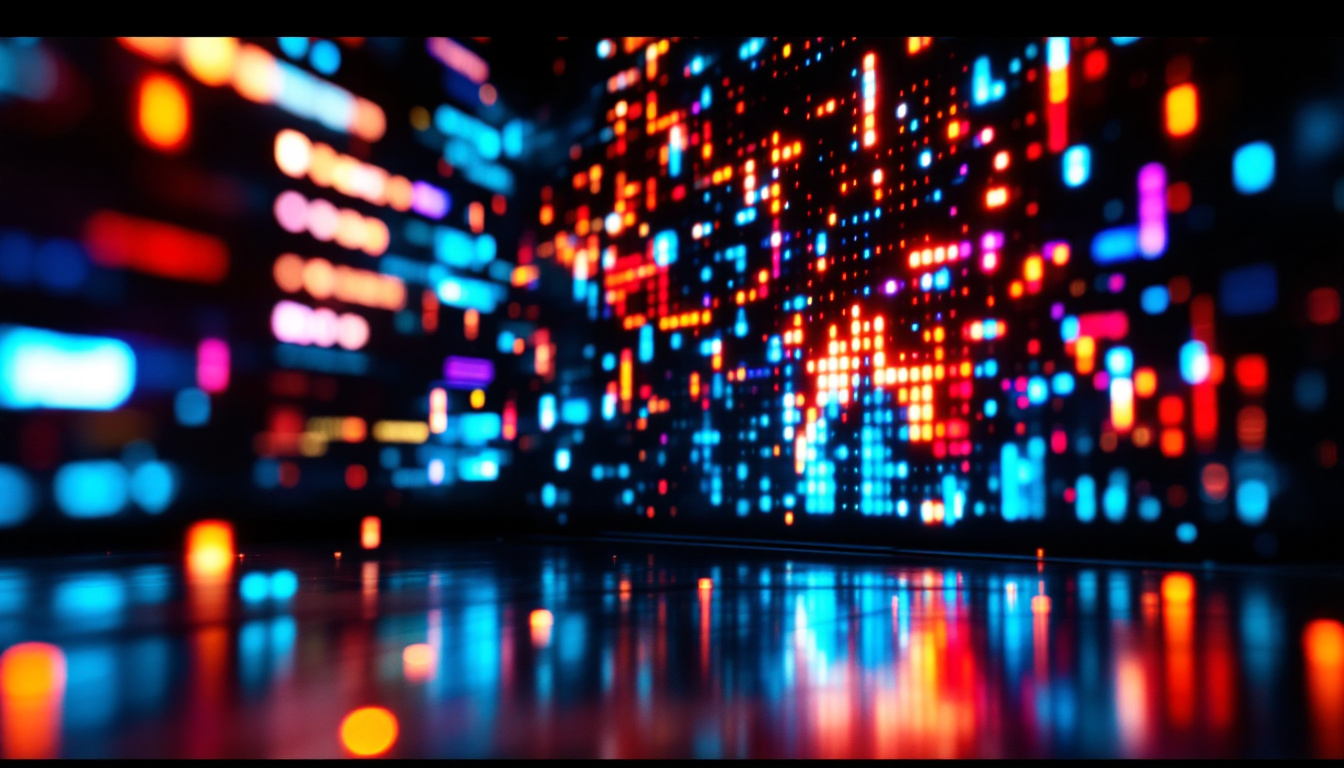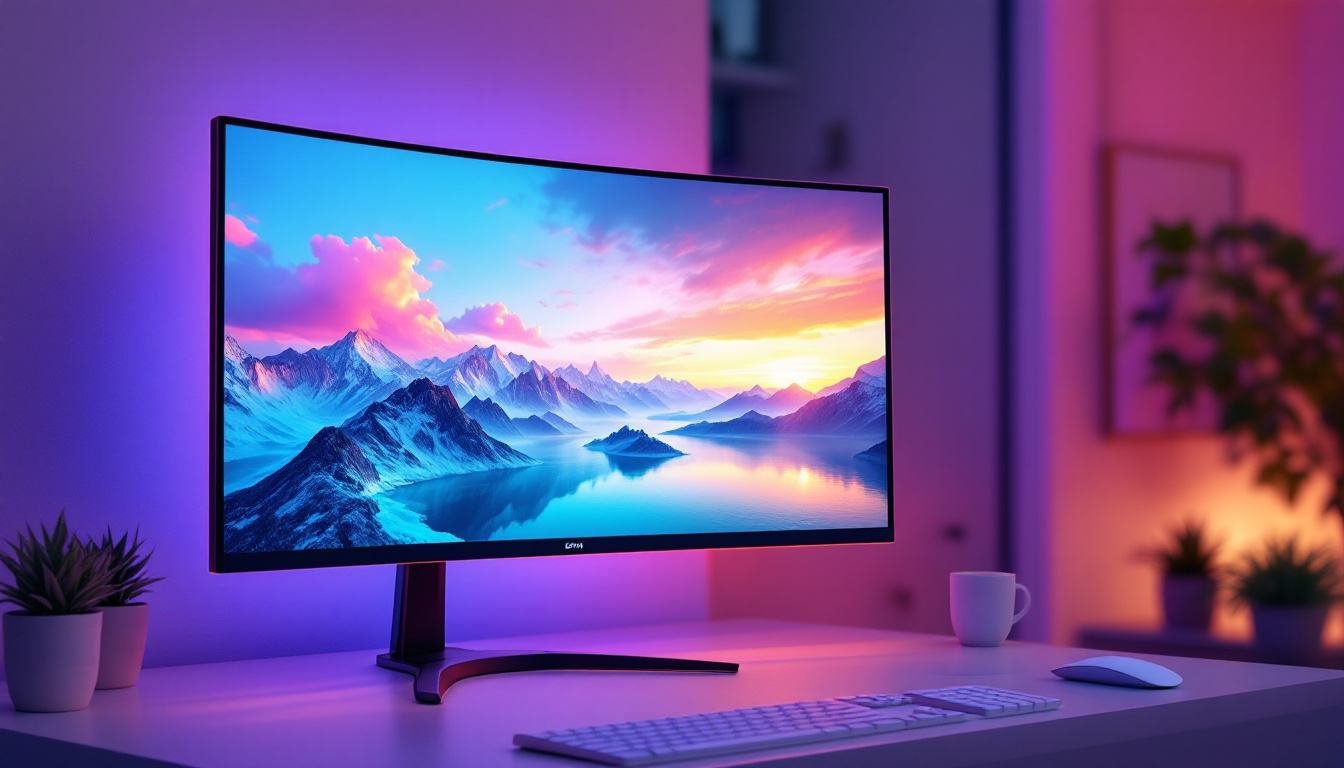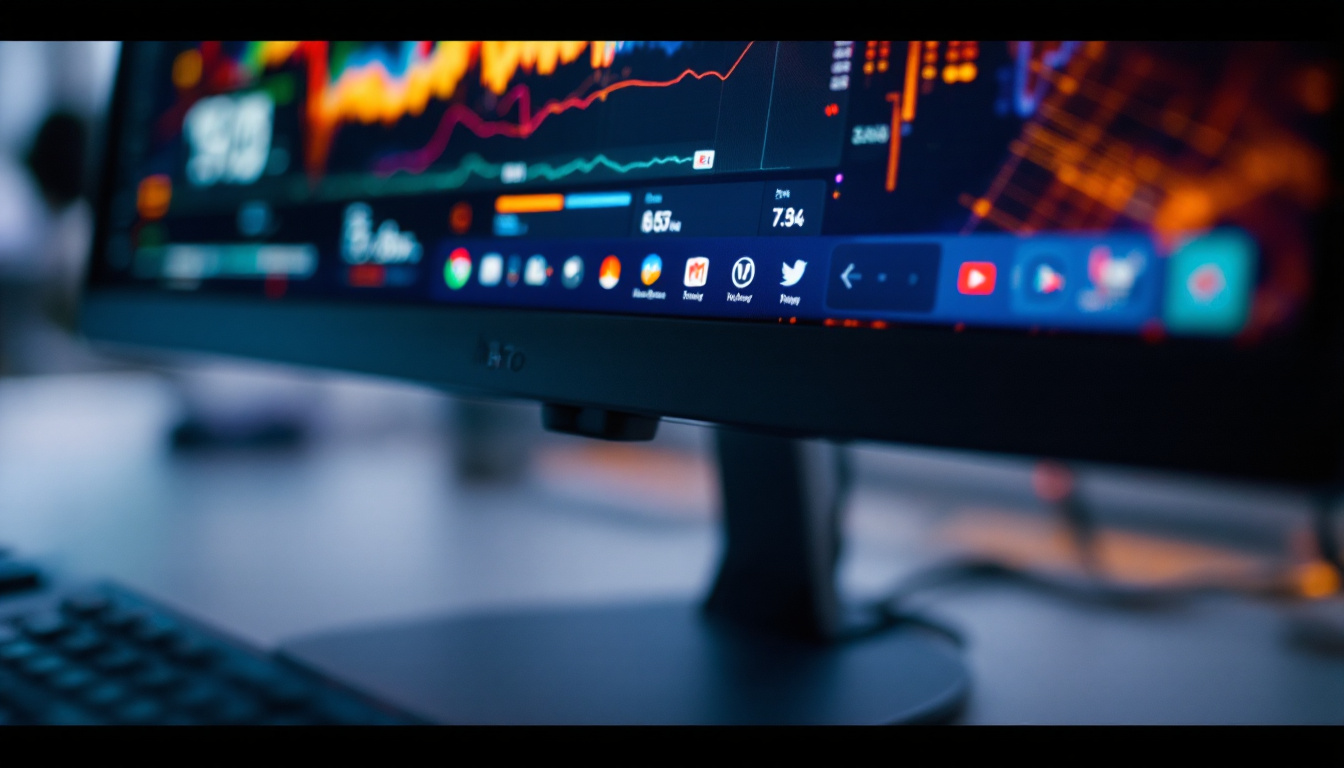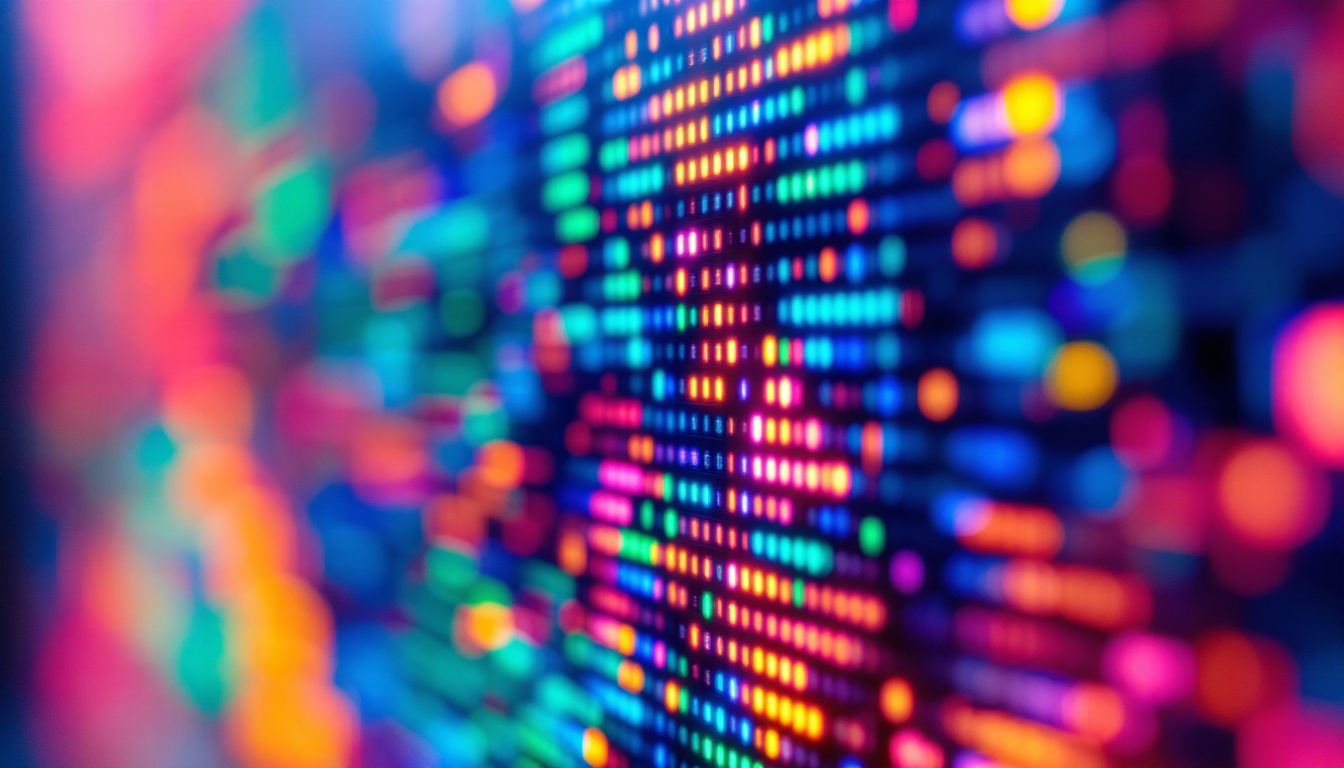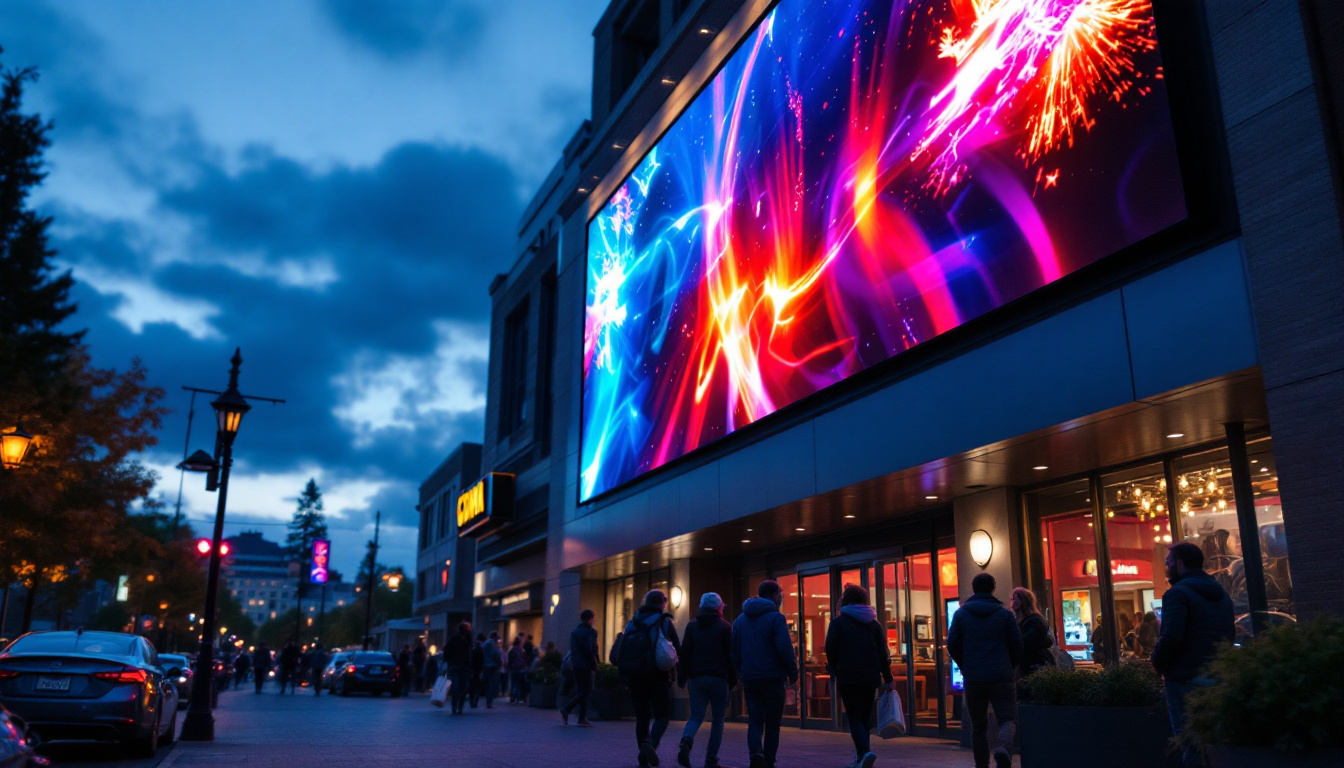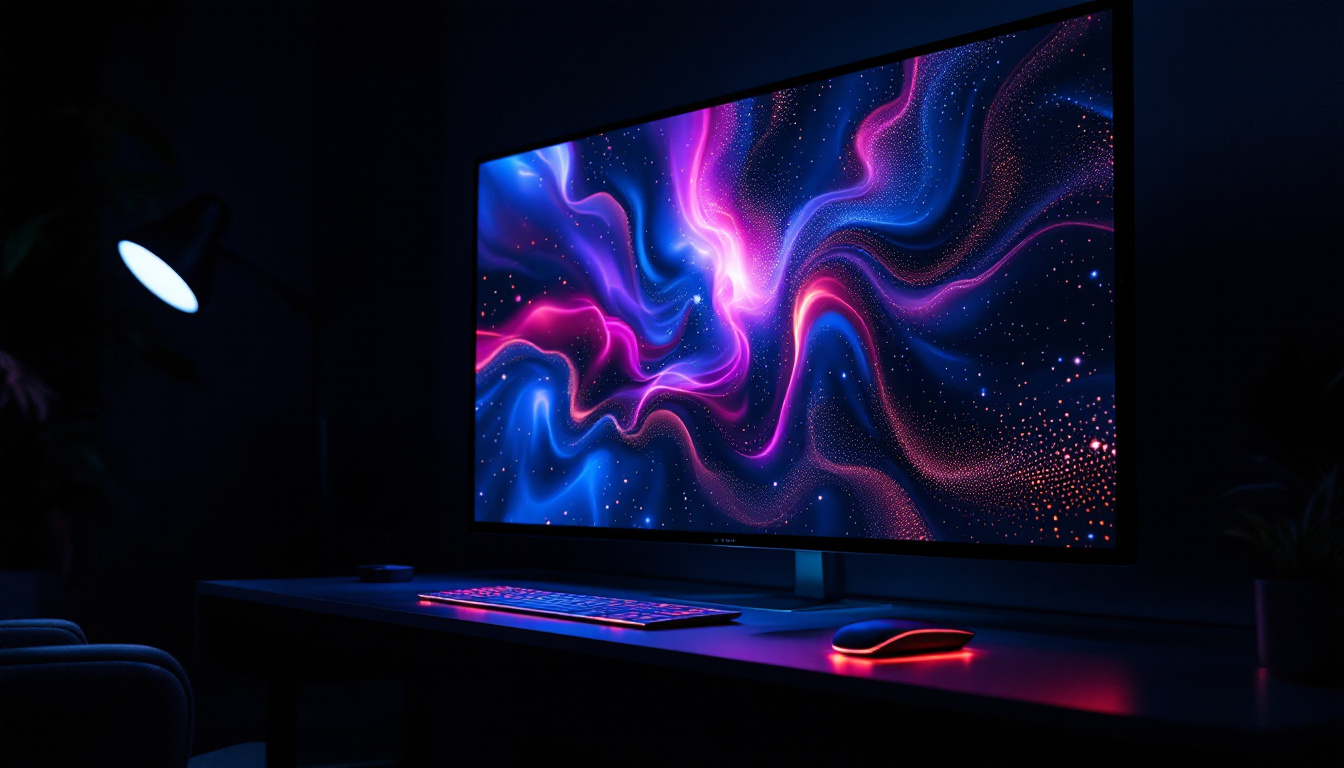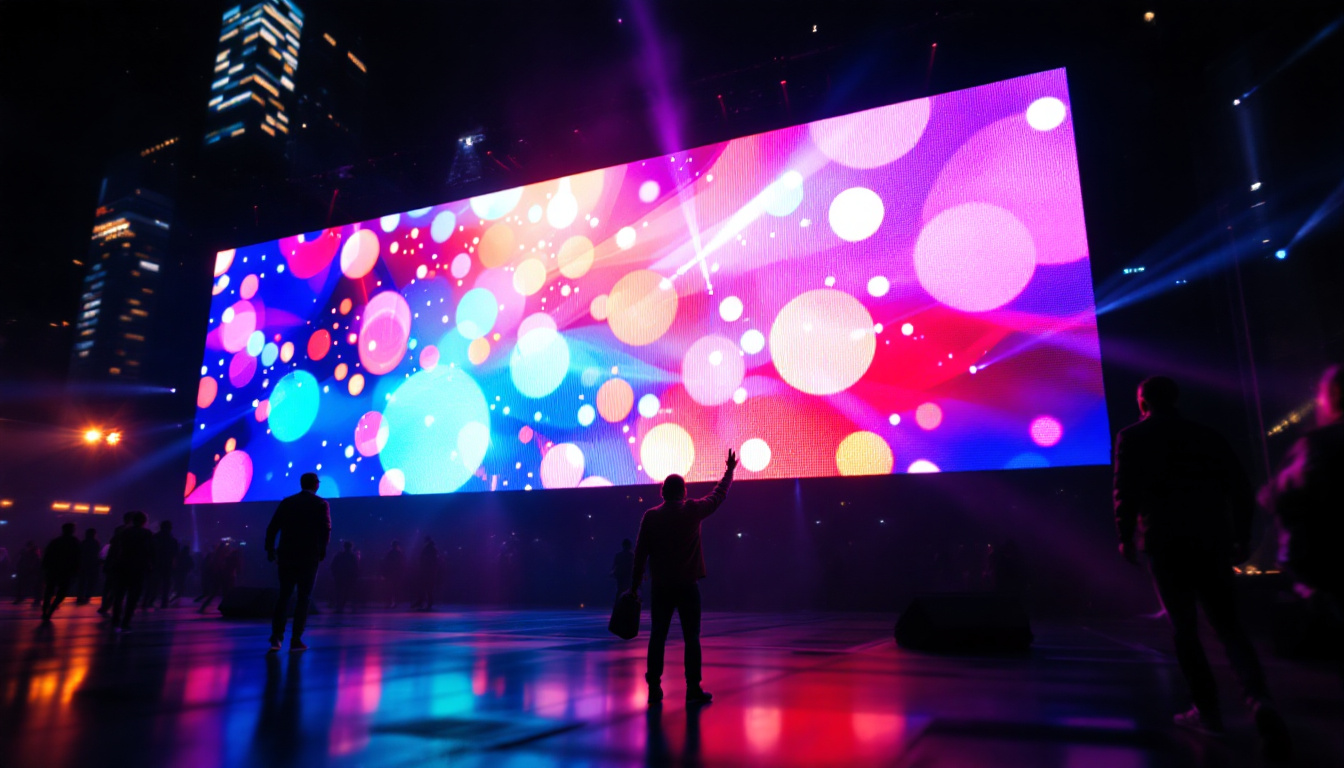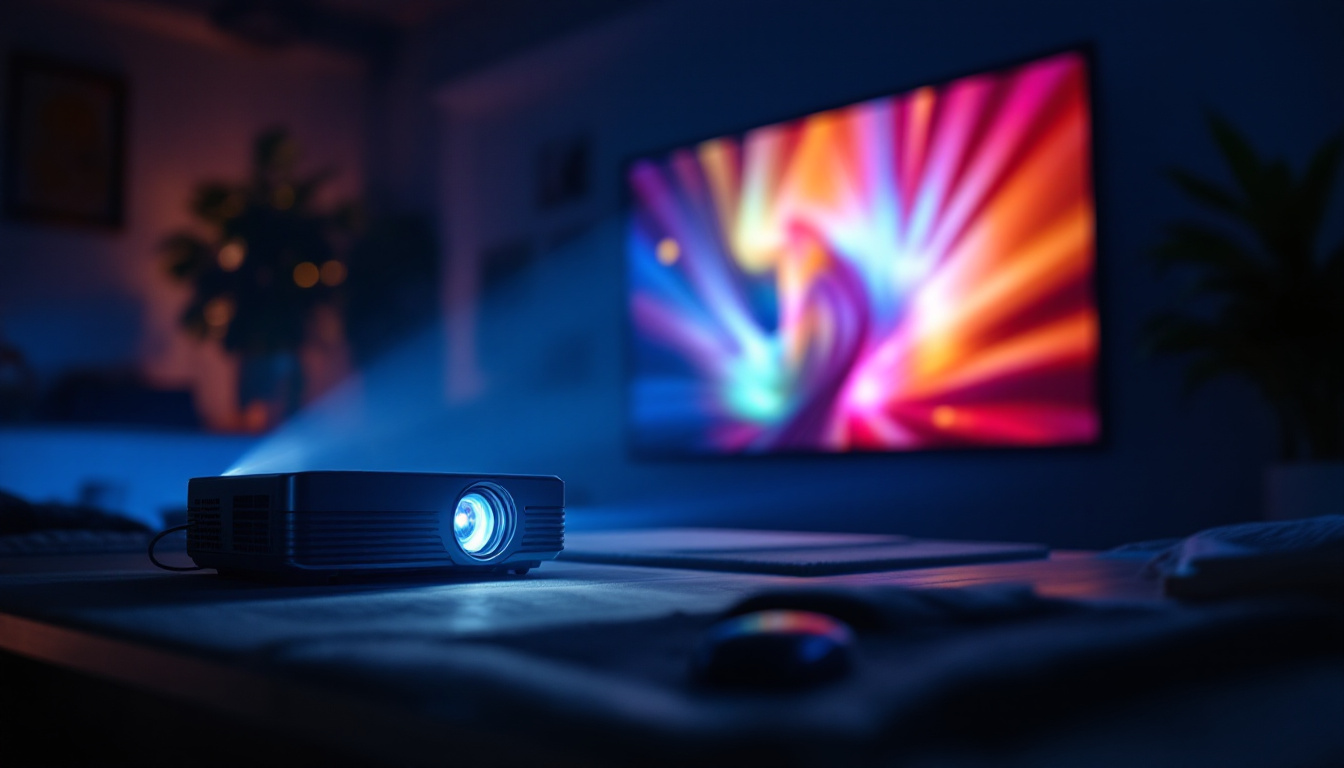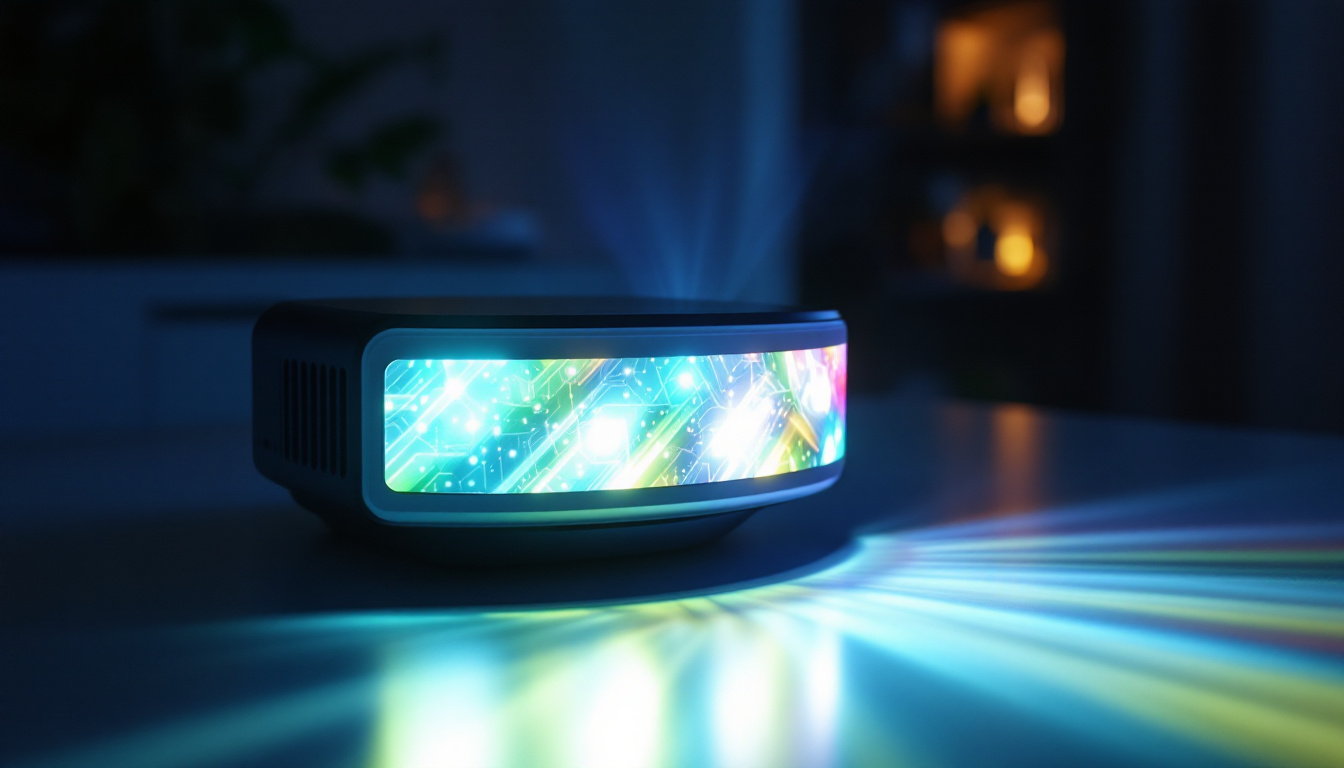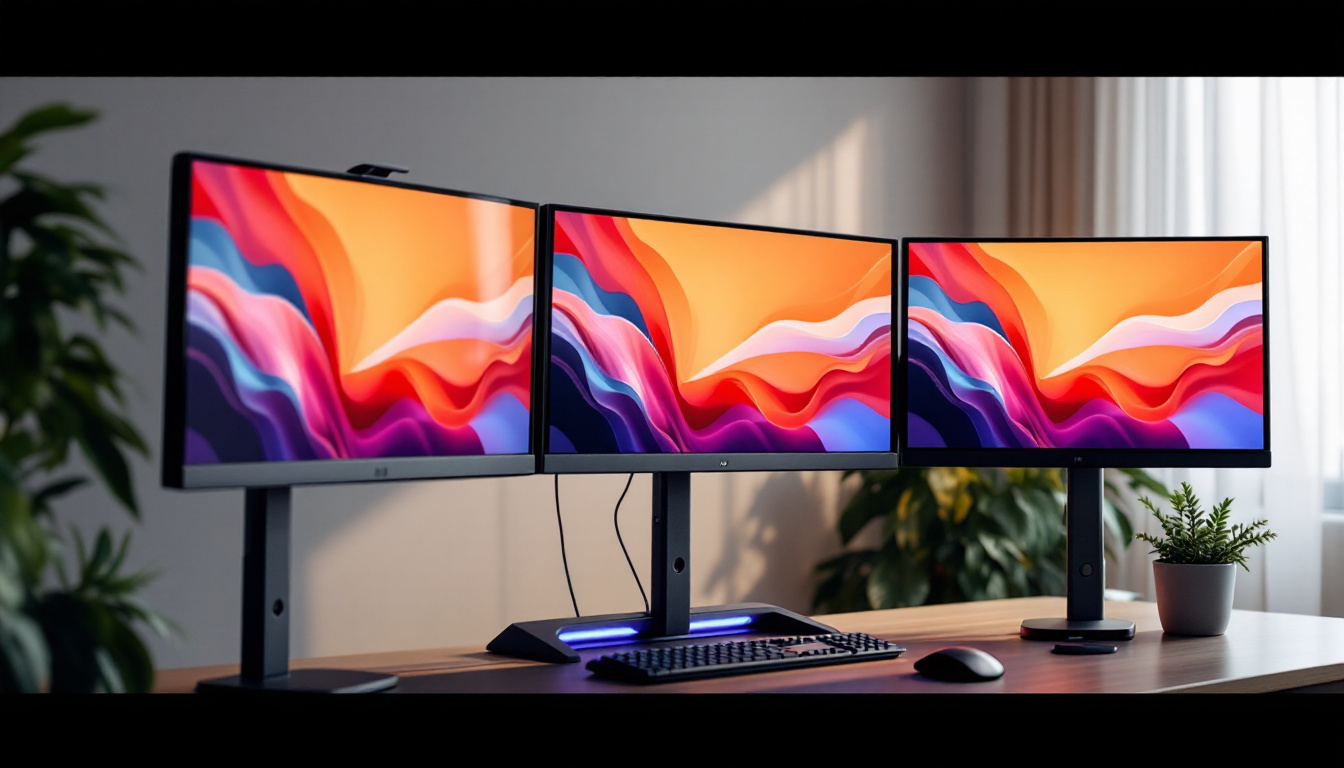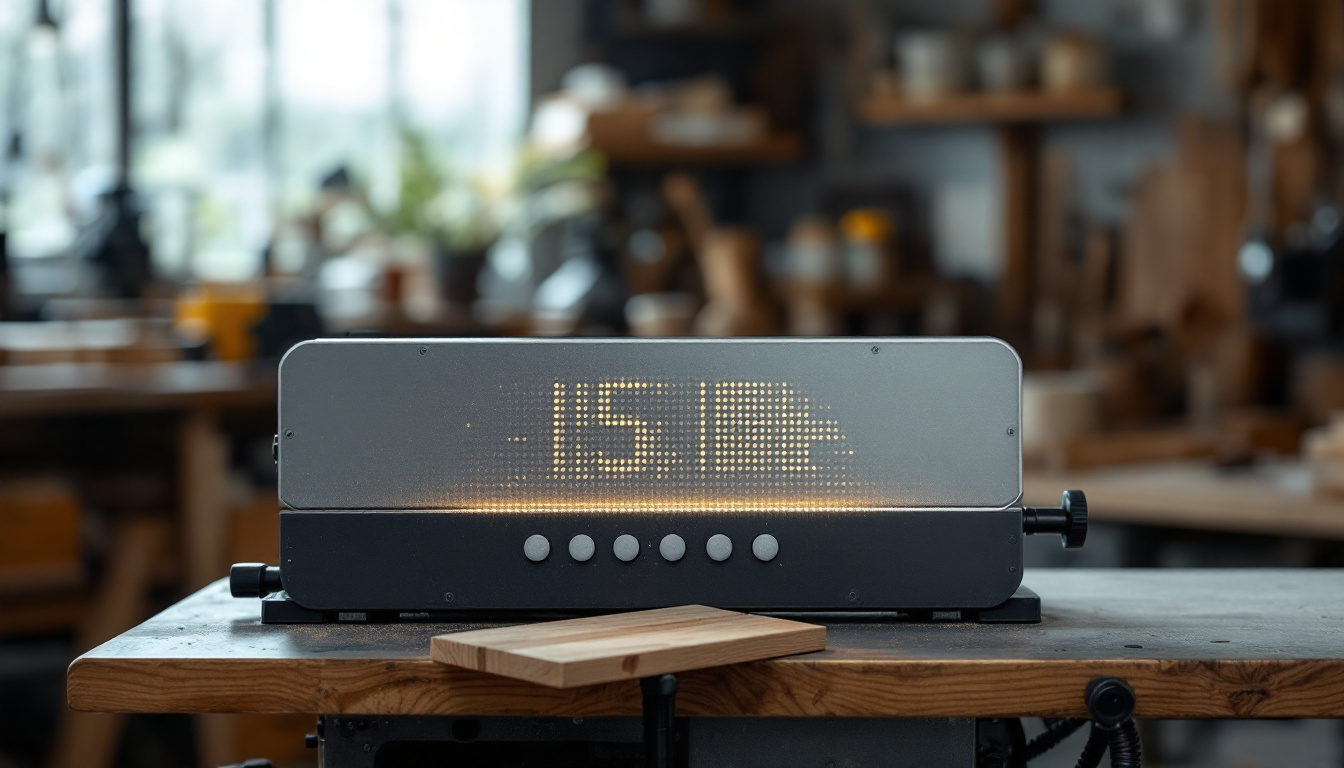In the realm of modern architecture and design, the integration of technology with aesthetics has become increasingly important. One of the most striking ways to achieve this is through the use of curved walls, particularly when incorporating LED displays. This article delves into the intricacies of framing a curved wall for LED displays, highlighting the materials, techniques, and considerations necessary for a successful installation.
Understanding Curved Walls
Curved walls serve both functional and aesthetic purposes. They can create a sense of flow and continuity in a space, while also allowing for innovative design elements like LED displays. Understanding how to effectively frame these walls is crucial for ensuring that the display functions optimally and looks visually appealing.
The Benefits of Curved Walls
Curved walls can enhance the overall ambiance of a room or space. They can soften the harsh lines typically associated with traditional designs, creating a more inviting atmosphere. Additionally, they can be used to direct foot traffic, guide attention to specific areas, or even improve acoustics in a space. The gentle curvature can break up the monotony of straight lines, making a room feel more dynamic and engaging. This can be particularly beneficial in commercial settings, where attracting and retaining customer attention is vital.
Incorporating LED displays into curved walls can further amplify these benefits. The seamless integration of technology allows for dynamic presentations, interactive experiences, and captivating visual displays that can transform any environment. For instance, in a retail space, a curved wall with an LED display can showcase promotional videos or highlight new products in a way that feels immersive and captivating. This not only enhances the shopping experience but also encourages longer visits and increased customer engagement.
Challenges in Framing Curved Walls
Despite their advantages, framing curved walls presents unique challenges. The primary concern is ensuring structural integrity while maintaining the desired curvature. Traditional framing techniques may not be suitable, necessitating specialized methods and materials. For example, using flexible framing systems or engineered wood products can help achieve the necessary curvature without compromising strength. Additionally, the choice of materials can greatly impact the overall aesthetic and functionality of the curved wall.
Moreover, the installation of LED displays on curved surfaces requires precise measurements and careful planning. Any misalignment can lead to visual distortions, undermining the effectiveness of the display. Understanding these challenges is essential for achieving a successful outcome. It may also be necessary to collaborate with skilled professionals who specialize in curved wall construction and technology integration. Their expertise can help navigate the complexities involved, ensuring that both the structural and visual elements work harmoniously together. Furthermore, considering the lighting and surrounding decor can enhance the overall impact of the curved wall, making it a focal point rather than just a functional feature.
Materials for Framing Curved Walls
The choice of materials is critical when framing a curved wall. Various options are available, each with its own set of advantages and disadvantages. Selecting the right materials not only affects the structural integrity but also influences the overall aesthetic of the installation.
Wood vs. Metal Framework
Wood is a popular choice for framing curved walls due to its versatility and ease of manipulation. It can be easily shaped to follow the desired curve, making it ideal for custom designs. However, wood may be susceptible to warping and moisture damage, which can compromise the integrity of the wall over time. To mitigate these issues, it is advisable to use treated wood or apply a protective sealant, which can enhance its longevity and resistance to environmental factors.
On the other hand, metal frameworks provide superior strength and durability. They are less likely to warp and can support heavier loads, making them suitable for larger LED displays. However, metal can be more challenging to work with, requiring specialized tools and techniques for bending and shaping. Additionally, metal frameworks often necessitate a more complex installation process, which may involve welding or bolting components together. This complexity can lead to increased labor costs, but the long-term benefits of durability and stability often outweigh these initial challenges.
Flexible Drywall and Other Finishing Materials
When it comes to the surface finish of a curved wall, flexible drywall is often the material of choice. This type of drywall can easily conform to curves, allowing for a smooth and seamless finish. Additionally, it can be painted or covered with other materials to match the overall design of the space. The adaptability of flexible drywall makes it a favorite among designers who seek to create unique, flowing spaces that draw the eye and enhance the room’s ambiance.
Other options include fabric or vinyl coverings, which can add texture and visual interest to the wall. These materials can also help to enhance the acoustic properties of the space, making them a practical choice for environments where sound quality is important. Furthermore, incorporating LED strip lighting along the curves of the wall can create a stunning visual effect, highlighting the unique shape and adding depth to the design. The interplay of light and texture can transform a simple curved wall into a focal point that captivates and engages anyone who enters the room, making the choice of finishing materials just as crucial as the framework itself.
Techniques for Framing Curved Walls
Framing a curved wall requires a combination of techniques to ensure accuracy and stability. Each step in the process is crucial for achieving the desired outcome, particularly when preparing for the installation of an LED display.
Creating a Template
Before beginning the framing process, creating a template is essential. This template serves as a guide for shaping the framework and ensures that the curvature is consistent throughout. Templates can be made from flexible materials such as plywood or cardboard, allowing for easy adjustments as needed.
Once the template is created, it should be carefully measured and marked to ensure that the framework will align perfectly with the intended design. This step is vital for avoiding complications during the installation of the LED display.
Building the Framework
With the template in place, the next step is to construct the framework. This involves cutting the chosen materials to the appropriate lengths and shaping them to match the curvature of the template. For wood, this may involve steaming or soaking the material to make it more pliable. For metal, specialized bending tools may be required.
Once the pieces are shaped, they should be securely fastened together to form a sturdy framework. This can be achieved through screws, brackets, or welding, depending on the materials used. Ensuring that the framework is level and properly aligned is crucial for the success of the project.
Installing the LED Display
After the framing is complete, attention turns to the installation of the LED display. This step requires careful planning and execution to ensure that the display functions correctly and looks visually appealing.
Choosing the Right LED Display
When selecting an LED display for a curved wall, several factors must be considered. The size and resolution of the display should align with the intended use and viewing distance. Additionally, the flexibility of the display is crucial; some LED panels are designed specifically for curved installations, allowing for seamless integration with the wall.
It’s also important to consider the brightness and color accuracy of the display, particularly in environments with varying lighting conditions. Choosing a high-quality LED display will ensure that the visuals are vibrant and engaging.
Mounting the Display
Mounting the LED display on a curved wall requires specialized brackets or mounting systems that can accommodate the curvature. These systems should be adjustable to ensure proper alignment and stability. It’s crucial to follow the manufacturer’s guidelines for installation to avoid damaging the display or compromising its functionality.
Once the display is securely mounted, it should be tested to ensure that all connections are functioning correctly. This includes checking the power supply, data connections, and any control systems that will be used to operate the display.
Finishing Touches and Maintenance
With the LED display installed, the final step is to add finishing touches to the curved wall. This may involve painting, adding trim, or incorporating additional design elements that enhance the overall aesthetic.
Regular Maintenance
Maintaining a curved wall with an LED display is essential for ensuring its longevity and performance. Regular cleaning of the display is necessary to prevent dust and debris from affecting visibility. Additionally, periodic checks of the mounting system and electrical connections can help identify any potential issues before they become significant problems.
It’s also advisable to keep an eye on the wall itself for any signs of wear or damage. Addressing these issues promptly can prevent more extensive repairs down the line.
Future Considerations
As technology continues to evolve, the possibilities for curved walls and LED displays will expand. Keeping abreast of the latest advancements in materials and display technology can provide opportunities for future upgrades or enhancements. This forward-thinking approach can ensure that the installation remains relevant and effective for years to come.
Conclusion
Framing a curved wall for an LED display is a complex but rewarding endeavor. By understanding the benefits and challenges associated with curved walls, selecting the right materials, and employing effective techniques, one can create a stunning and functional installation. The integration of technology with innovative design not only enhances the visual appeal of a space but also elevates the overall experience for those who inhabit it.
As the demand for unique and engaging environments continues to grow, mastering the art of framing curved walls will undoubtedly become an invaluable skill for architects, designers, and builders alike. Embracing this trend opens up new avenues for creativity and innovation in the world of design.
Discover LumenMatrix LED Display Solutions
Ready to elevate your architectural projects with the seamless integration of LED technology? LumenMatrix is at the forefront of LED display innovation, offering a diverse range of solutions that bring your curved wall concepts to life. From Indoor LED Wall Displays to Custom LED Displays, our products are designed to create immersive visual experiences that captivate and engage. Explore our cutting-edge solutions and revolutionize your space with LumenMatrix. Check out LumenMatrix LED Display Solutions today and transform your design vision into a stunning reality.

